A faun is featured in C. S. Lewis' incredible fantasy series, The Chronicles of Narnia, particularly in The Lion, the Witch and the Wardrobe. This faun, Mr. Tumnus, is the first creature Lucy Pevensie meets on her initial visit to the magical land of Narnia, which she enters through a special wardrobe. The series is written for children, but for adults too. Indeed I remember reading this book as a child and realizing I should re-read it as an adult to see what more understanding I would gain.
Back to the faun, though. Mr. Tumnus is a key character in the book The Lion, the Witch and the Wardrobe. In fact C. S. Lewis apparently said that his first image of Narnia was in the form of a faun carrying an umbrella and parcels through a snowy wood. That faun was Mr. Tumnus.
Mr. Tumnus befriends the young Lucy, and appears to be a kind, gentle soul. However, when he plays his flute Lucy falls asleep. He then wakes her up and admits that he had ulterior motives (handing her over to the White Witch) when he invited her to his home for tea.
In the book, and the animated movie directed by Bill Melendez that I have watched numerous times with my daughter, Mr. Tumnus is portrayed as a kind faun, forced by the White Witch to try to capture any humans who enter Narnia, but innocent.
In a later movie version, Mr. Tumnus is played by James McAvoy whose performance elicited some controversy, with some suggesting his faun was less innocent and somewhat suspect in his relationship to Lucy. In my opinion, James McAvoy did a great job (love him as an actor anyway!) and his Mr. Tumnus was a delightful faun.


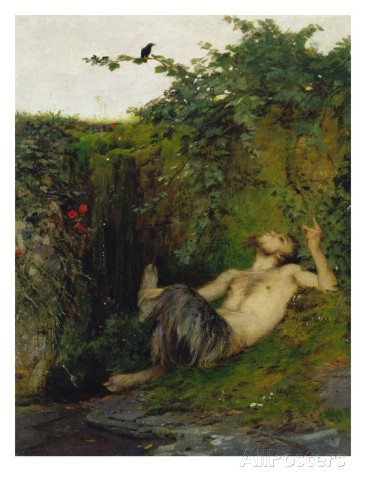
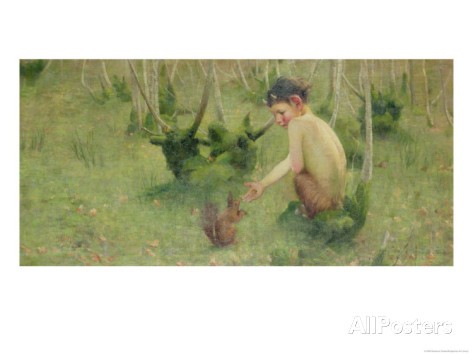
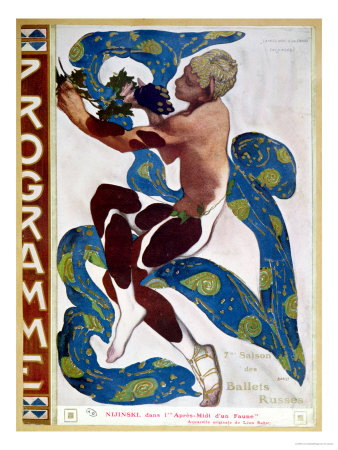





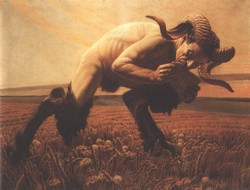

 I Published “My Reflections”on 10/02/2025
I Published “My Reflections”on 10/02/2025
 Best "Nutcracker" Movie of all Timeon 03/08/2019
Best "Nutcracker" Movie of all Timeon 03/08/2019
 Lascaux Cave Paintingson 01/18/2018
Lascaux Cave Paintingson 01/18/2018
 Bridges of the Hudson Valleyon 11/20/2017
Bridges of the Hudson Valleyon 11/20/2017

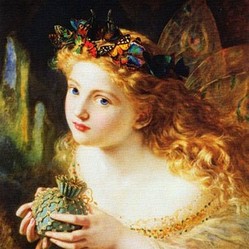
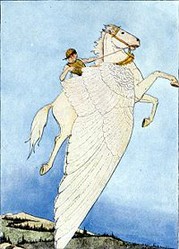
What do you think about these fauns?
Thanks for your comment! Indeed, there are numerous other creatures, deities even, that are part human part animal. Following the Greek tradition they would all count as chimeras. In my understanding, the faun's animal part is goat. Not the most attractive animal maybe, but there you have it. Part cobra or part crocodile, now that's a scary thought!
Great Article, but I am surprised you didn't mention any Egyptian deities. Anubus (Jackal), Bastet (Cat), Khnum (Ram), Maahes (Lion), Meretseger (Cobra), Ra (Falcon), and Sobek (Crocodile). Are we limiting our definition of "faun" to head of human/body of an animal? The Egyptians reversed this in their mythos. Head of an animal/body of a human. And if we extended our definition further, how about the hybrid toys in Toy Story 1 created by the evil boy next door. Could we classify them as "fauns"? I know, I know...I should stick to doing my silly recipes. LOL
Your welcome! I do love the Narnia Chronicles and Mr Tumnus is fun - he plays flute too!
jptanabe, Mr. Tumnus definitely serves as a charming representative of fauns; he's one of the many nice touches that makes The Narnia Chronicles such a timelessly endearing work of art.
Claude Debussy's "Prélude à l'après-midi d'un faune" is a piece which I loved in childhood, and I still love it.
I especially love the connection of fauns with the wooded environment. It's charming that they play flutes, which can be reminiscent of the wind whistling through trees.
Thank you for a nice presentation on fauns.
Fauns make for fantastic art.
Mmm, I don't think fauns are from the dark side. They are connected to nature - trees, plants, and so forth, living in forests. But they could be corrupted by evil people of course!
I wonder whether they are related to the darker side - and for Halloween.
Yes indeed!
Yes, I like to find the good in these mythical creatures.
Dear Jennifer,
I love myths and tales of fairies. Fauns are "in between" as you stated, nevertheless they are good creatures. Harry Potter movie had a similar character who saved his life more than once.